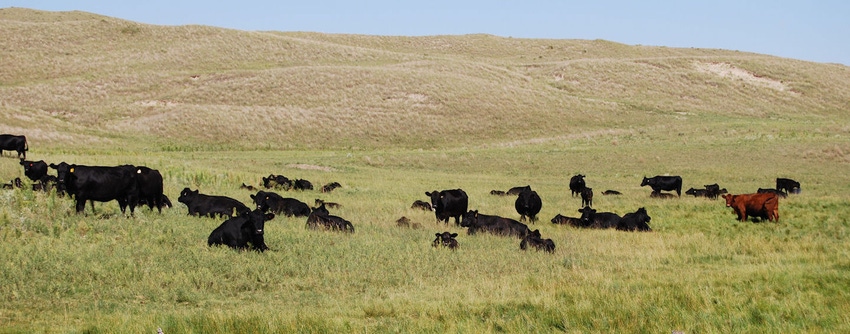
Do you have a one-, two- or three-dimensional beef cow herd?
Tom Brink, of Brink Consulting and Trading, Brighton, Colo., explains:
•A one-dimensional herd consists of functional cows.
•A two-dimensional herd consists of functional cows with good reproduction rates, reasonable feed costs, longevity and that produce calves that have marketability for feeders. “You want those calves to perform above average in the feedyard, and you will enjoy better demand for your calves and better sales prices,” Brink says.
•A three-dimensional herd calves that produce superior carcasses,” he said. Seventy-percent of fed cattle produced today are sold under a carcass-merit payment system. “That’s why carcass value makes this list,” Brink says.
Feeders and packers like calves that are extremely healthy and can withstand less than desirable weather conditions that always come along. “Calves need to grow fast and put on weight efficiently,” he says. “And they need to grade.”
Carcass traits that improve profitability most include carcass weight, marbling, ribeye, and to a lesser extent, backfat.
Finding a balance between ranch traits, growth and carcass traits and a strong health program are the keys to garnering premium calf prices from feeders, Brink says.
About the Author(s)
You May Also Like




